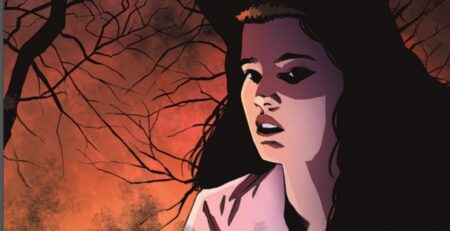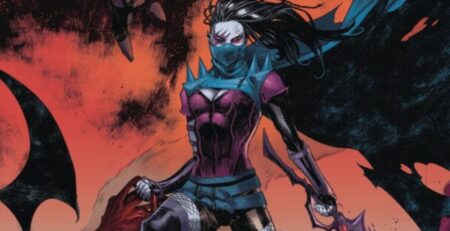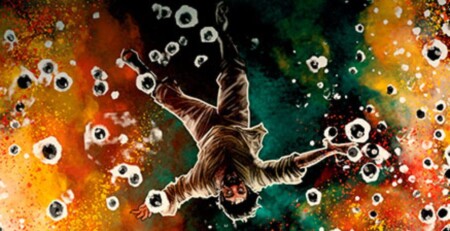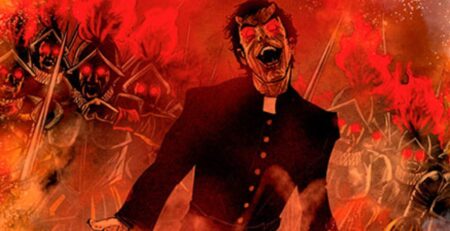
FREIHEIT The White Rose is a graphic novel written and illustrated by Andrea Grosso Ciponte and published by Plough Publishing House. It illustrates the history of The White Rose, a German student resistance group during World War II who wrote pamphlets and made graffiti lambasting the Nazi regime and its mindless, racist, fascist ways.
The graphic novel is a slightly dramatized account of the real students who, in the early 1940s, risked their lives to spread anti-Nazi information throughout Germany. The covert group included 21-year-old Sophie Scholl, her 24-year-old brother Hans, 23-year-old Christoph Probst, and 25-year-olds Alexander Schmorell and Willi Graf. They used German philosophy from the previous century to demonstrate the downfall of the German state under the Nazis, making it clear that their opposition was just as intellectual as it was based on human dignity.
Unfortunately, the narrative is quite difficult to follow. It constantly hops around, moving through time with only a tiny bit of text in the top corner for warnings. It’s ultimately a large book of vignettes about the process, journey, and demise of the White Rose. But because things hop around so much, it becomes difficult to follow very quickly. Perhaps had I known it would be this way going in, though, I would have been able to appreciate the short vignettes better and not felt the time hops so abrasively.
Fortunately, this is a piece of dramatized history. There’s no editorializing or anything, so a lack of understanding of exactly what’s going on doesn’t affect your ability to get the broader strokes. You know that these are young folks resisting Nazis at enormous risk, and that’s really all that matters. Their story of resistance in the face of abject terror is hartening. Especially having grown up learning a lot about Holocaust history, it was fascinating and inspiring to learn about this piece of history I had never learned before.
The art is also a boon. The hand-painted style makes FREIHEIT The White Rose look both visually unique and as if you’re looking back on something that happened decades ago. While occasionally the faces of characters are awkward or the dark shading makes panels hard to discern, it is an overall pleasing aesthetic and well-fitting of the content. The text is easy to read, but it occasionally feels lugubrious in its drawn-out quotations of German philosophers, making it not always easy to get through. Additionally, it seems not to be written natively in English, and it occasionally shows in awkward sentences here and there.
FREIHEIT! The White Rose is a fair piece of illustrated history. I would certainly consider it for inclusion in a class about World War II, The Holocaust, and resistance to infuse new life and a story many have probably not learned about before. The graphic novel includes translated versions of The White Rose pamphlets, increasing its value as an educational tool.
FREIHEIT! The White Rose is available wherever books are sold on February 16th.
FREIHEIT! The White Rose
TL;DR
FREIHEIT! The White Rose is a fair piece of illustrated history. I would certainly consider it for inclusion in a class about World War II, The Holocaust, and resistance to infuse new life and a story many have probably not learned about before. The graphic novel includes translated versions of The White Rose pamphlets, increasing its value as an educational tool.






